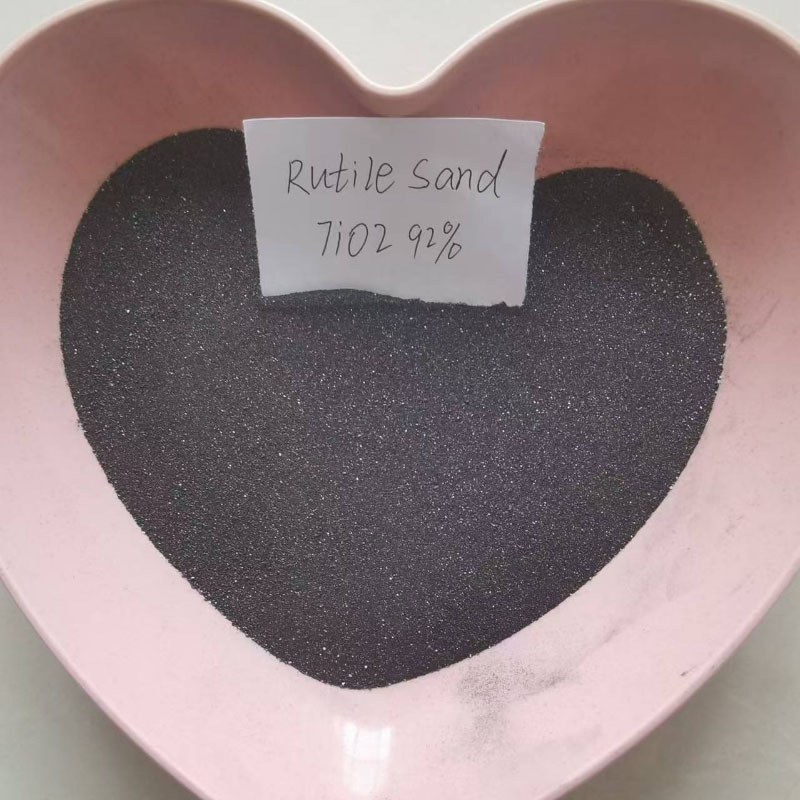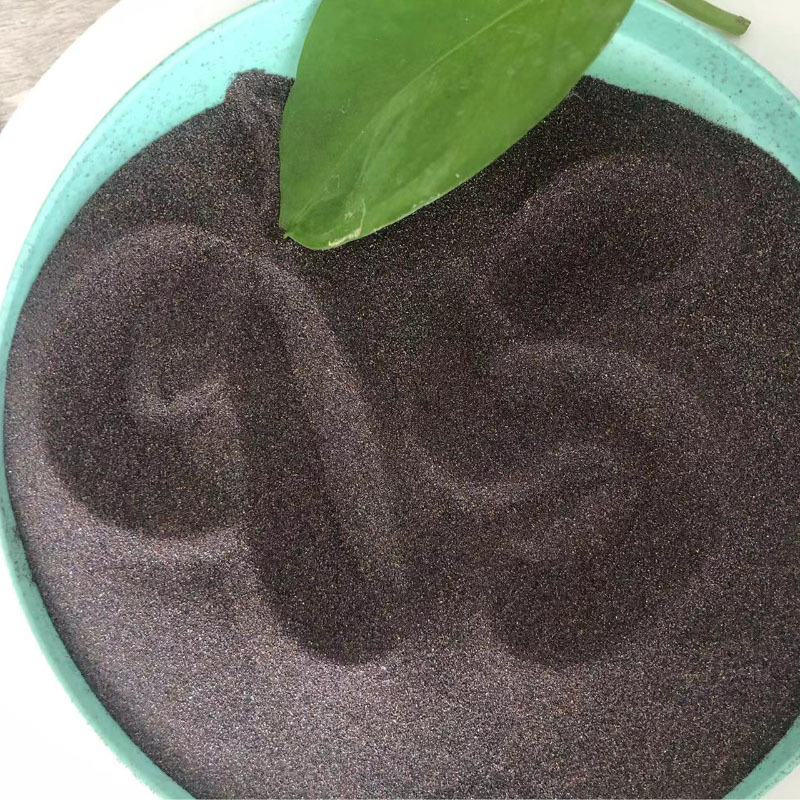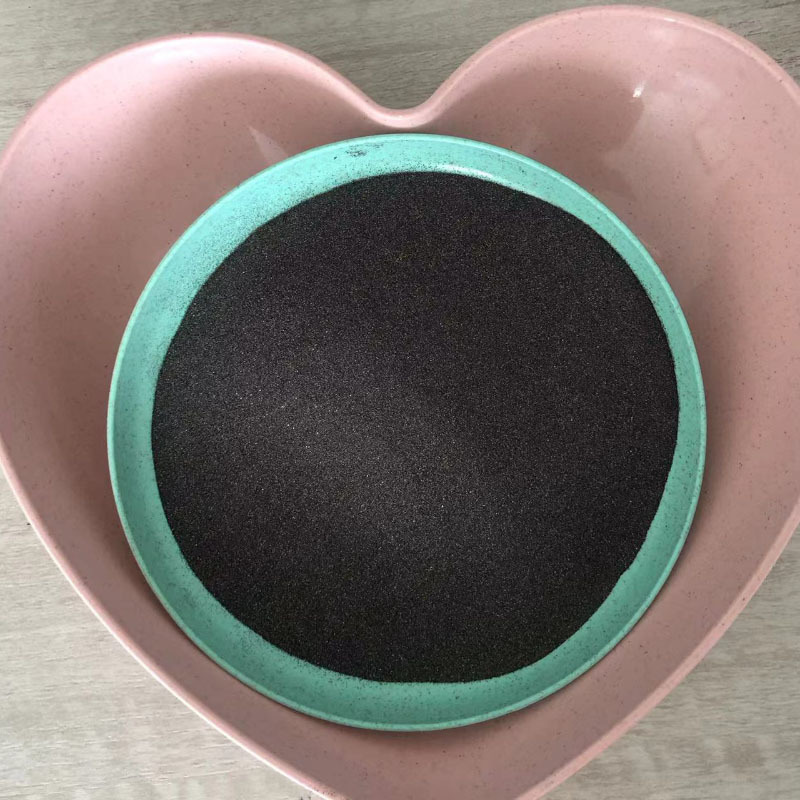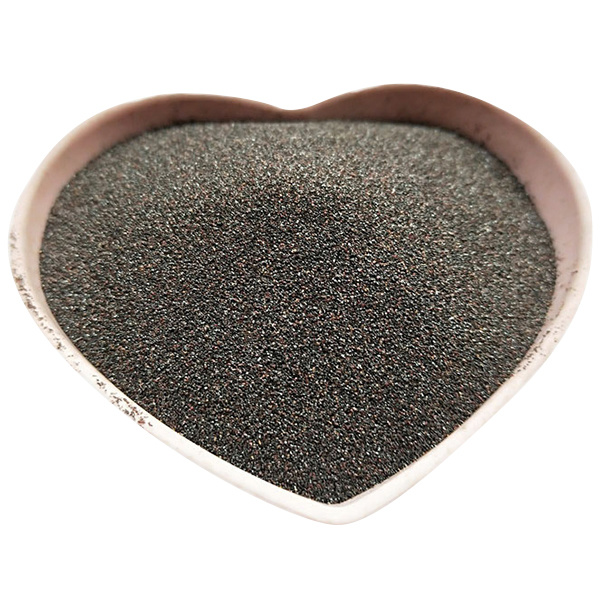The dosage and application of titanium dioxide in coatings
Release Time:
Aug 12,2024
It has excellent optical, electrical and pigment application properties.
Titanium dioxide has excellent optical, electrical and pigment application properties, so it has a wide range of use value. The physical, chemical and optical properties of titanium dioxide pigments are mainly determined by the original state of the pigment particles before coating and the chemical structure of the surface coating.
Titanium dioxide pigments generally use silicon, aluminum and zirconium oxides as surface treatment agents, which are precipitated on the surface of the particles to form a coating, and the form, quantity and method of precipitation are controlled by process. Some also use organic treatment agents. Different surface treatment methods give titanium dioxide pigments personalized characteristics to meet the different needs of coating formula design.
For the purpose of covering power, generally 30-40 microns of magnetic paint can cover. The addition amount is 15-25% of the total formula; from the perspective of weather resistance and high gloss, matting powder is required to obtain high weather resistance matte paint, with a small amount of titanium dioxide added and no other fillers added as the principle; from the perspective of cost, adding other system fillers to reduce costs, the addition of other system fillers will reduce the amount of titanium dioxide added, but the problem of brightness must be balanced; for interior wall latex paints that exceed the CPVC value, the addition of titanium dioxide is 2%-4% to meet the requirements.
In terms of dispersion, wetting and dispersing additives can be omitted in primers or topcoats with low requirements from the perspective of formula cost, but the floating color and floating phenomenon must be controlled within an acceptable range. Adding controllable flocculation additives to primers and topcoats can control the floating color and floating phenomenon.
In high-grade topcoats, titanium dioxide slurry can use low molecular weight wetting and dispersing additives, and other organic pigment slurries use high molecular weight wetting and dispersing additives. The two are generally compatible; if it is a fluorocarbon topcoat, it is generally necessary to use high-dispersibility and high-weather resistance titanium dioxide, and select suitable wetting and dispersing additives to solve the problem of floating color and floweriness; if anti-corrosion primer, architectural latex paint and anti-corrosion topcoat, titanium dioxide with good dispersibility is selected, and with the help of wetting and dispersing additives, a high-efficiency high-speed disperser can be directly used to achieve the dispersion effect, eliminating the grinding process.
The dosage and types of wetting and dispersing additives are different, so it is necessary to add the dosage according to the production requirements in order to achieve a good effect of the topcoat.
Keywords:
You Can Also Learn More About Industry Trends






